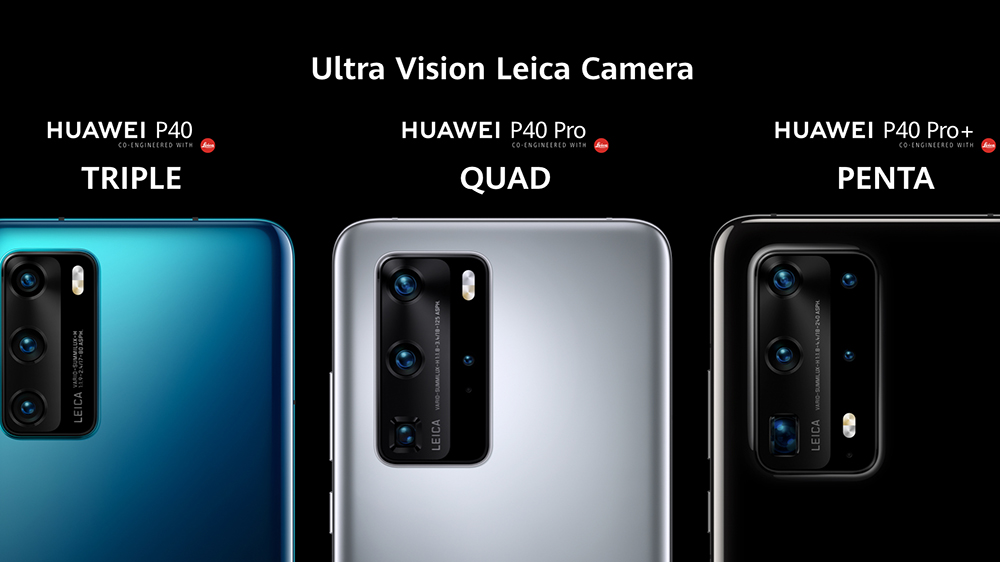Huawei P40 Series hopes to outclass Android rivals despite no Google apps
Impressive specs and cameras but no Android apps for Huawei's three new phones

Despite the Coronavirus pandemic, Huawei has gone ahead with the launch of its next generation of flagship smartphones, the three-strong P40 Series.
The P40, P40 Pro and, a brand-new addition, P40 Pro Plus are all 5G handsets that house Kirin 990 5G chips (as found in the Huawei Mate 30) and camera upgrades over their predecessors, the P30 and P30 Pro.
Huawei's P30s arrived in March 2019 as among the best camera phones ever made, and the Chinese brand looks to continue that legacy with some impressive-on-paper camera tech.
The P40 has a triple-camera lens comprising 50MP and 16MP wide angle and 8MP telephoto snappers. The four-lens P40 Pro expands on that with 50MP and 40MP wide angle lenses complemented by 12MP 10x optical zoom telephoto and Time-of-Flight (ToF) cameras, while the P40 Pro Plus represents the pinnacle of Huawei cameras with a five-lens array – 40MP and 50MP ultra wide, 8MP 10x and 3x optical zoom telephoto and ToF cameras.
Each features a 32MP front camera, with the P40 and P40 Pro benefitting from additional ToF sensors too.
Elsewhere, battery figures range from 3800mAh in the Huawei P40 to 4200mAh in the P40 Pro and P40 Pro Plus – somewhere between the Samsung S20s (4200-500mAh) and Google Pixel 4s (2800mAh-3700mAh).
RAM is 8GB across all three models, with 128GB of storage in the P40, 256GB in the P40 Pro, and 512GB in the P40 Pro Plus.
Get the What Hi-Fi? Newsletter
The latest hi-fi, home cinema and tech news, reviews, buying advice and deals, direct to your inbox.
The P40 Series runs Huawei's EMUI 10.1 OS, which goes without Android apps such as Google Play Store, Google Maps, Google Chrome and YouTube as well as Google Assistant voice control. That may well make the handsets a difficult sell outside of China, although Huawei says its software platform will continue to grow to feature more alternative apps.
The Huawei P40 and P40 Pro will make their debut in some regions on 7th April for €799 and €999 respectively, while the P40 Pro Plus will follow in June for €1399.
MORE:
Best smartphones 2020: the best phones for music and movies
Becky is the managing editor of What Hi-Fi? and, since her recent move to Melbourne, also the editor of the brand's sister magazines Down Under – Australian Hi-Fi and Audio Esoterica. During her 11+ years in the hi-fi industry, she has reviewed all manner of audio gear, from budget amplifiers to high-end speakers, and particularly specialises in headphones and head-fi devices. In her spare time, Becky can often be found running, watching Liverpool FC and horror movies, and hunting for gluten-free cake.

